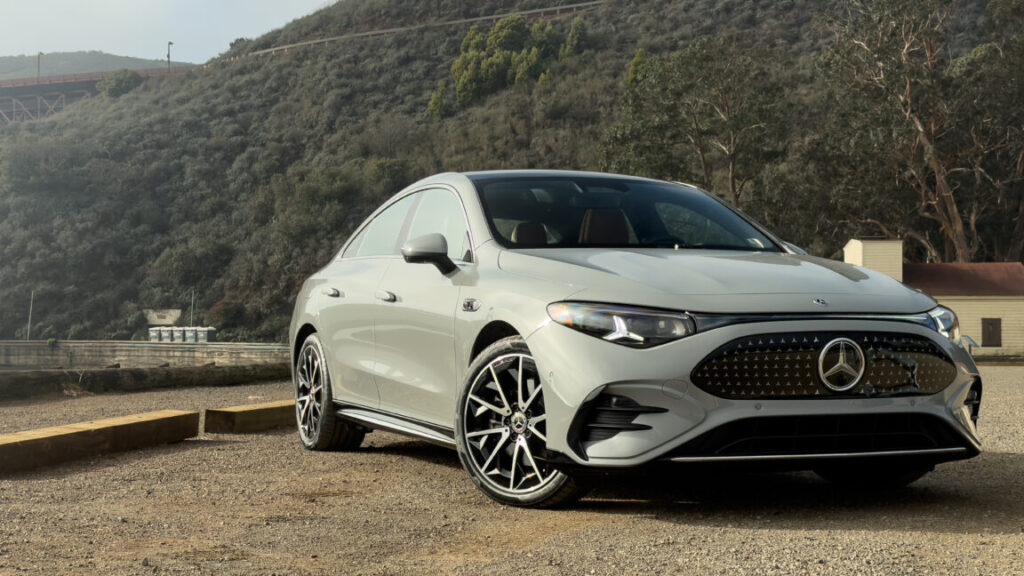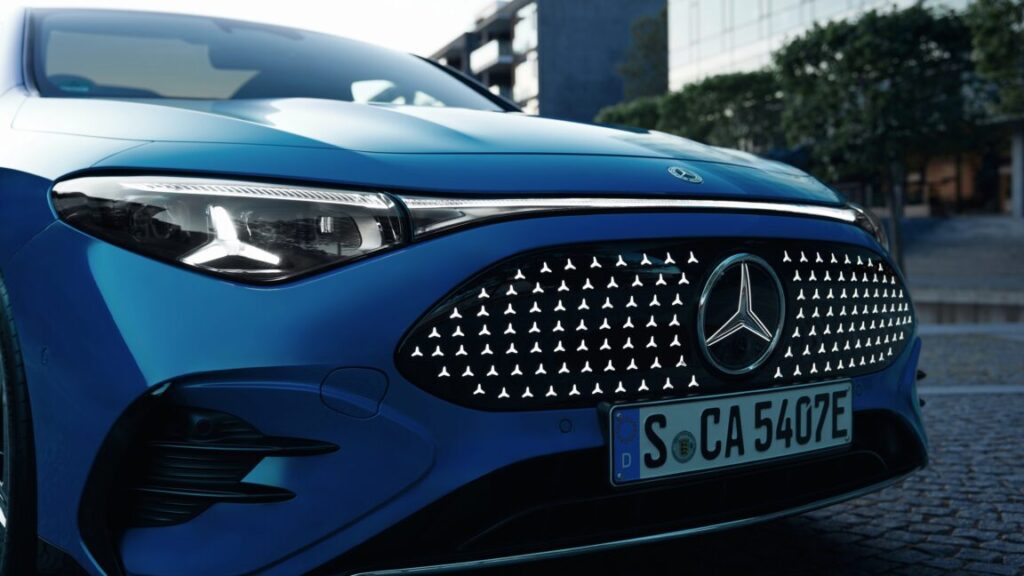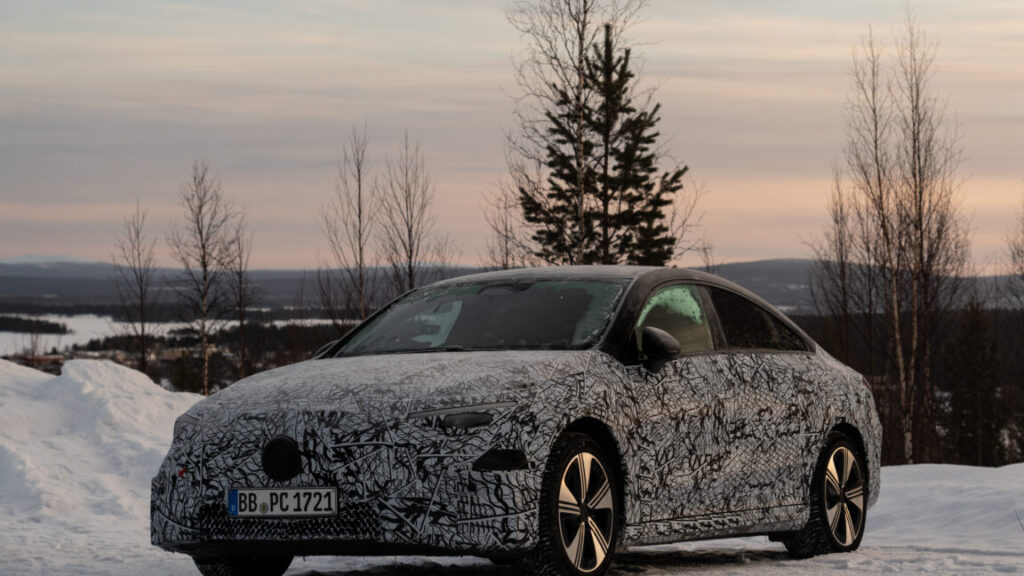2026 Mercedes CLA first drive: Entry level doesn’t mean basic
SAN FRANCISCO—Automakers are starting to follow somewhat familiar paths as they continue their journeys to electrification. Electric vehicles are, at first, strange new tech, and usually look like it. Mercedes-Benz’s EQS and EQE are good examples—with bodies that look like bars of soap worn down in the shower, they stood out. For early adopters and trailblazers that might be fine, but you need to sell cars to normal people if you want to survive, and that means making EVs more normal. Which is what Mercedes did with its newest one, the all-electric CLA.
The normal looks belie the amount of new technology that Mercedes has packed into the CLA, though. The car sticks to the four-door coupe look that the company pioneered a couple of decades ago, but there’s a thoroughly modern electric powertrain connected to the wheels, run by four powerful networked computers. And yes, there’s AI. (For the pedants, “coupe” means cut down, not two-door, so the name is accurate.)
The CLA is the first of a new series of Mercedes that will use the same modular architecture, and interestingly, it’s powertrain agnostic—a hybrid CLA is coming in time, too. But first the battery EV, which makes good use of some technology Mercedes developed for the EQXX concept car.

At 185.9 inches (4,722 mm) long, 73 inches (1,854 mm) wide, and 57.8 inches (1,468 mm) tall, it’s not a particularly big car. In addition to the trunk, there’s a small frunk up front. Credit: Jonathan Gitlin
That creation was capable of about 750 miles (1,207 km) on a single charge, but it was handbuilt and lacked working rear doors or an actual back seat. The CLA manages as much as 374 miles on a full charge of its 85 kWh (useable) battery pack, although as ever this decreases a little as you fit larger wheels.
But Mercedes has been restrained in this regard, eschewing that terrible trend for larger and larger wheels. Designers use that trick to hide the size of their SUVs, but the relatively diminutive size of the CLA needs no such visual trickery, and the rims range from 17–19 inches and no larger. Smaller wheels make less drag, and even though the CLA doesn’t look like it has been rubbed smooth, its drag coefficient of 0.21 says otherwise.
2026 Mercedes CLA first drive: Entry level doesn’t mean basic Read More »











